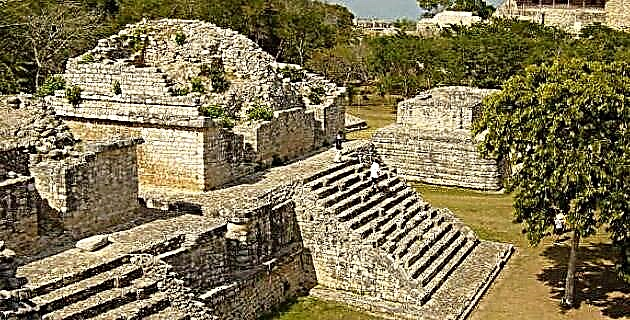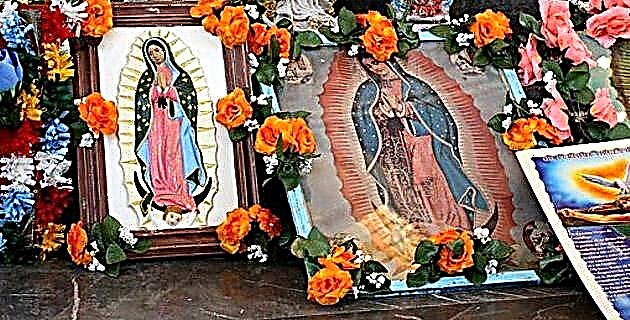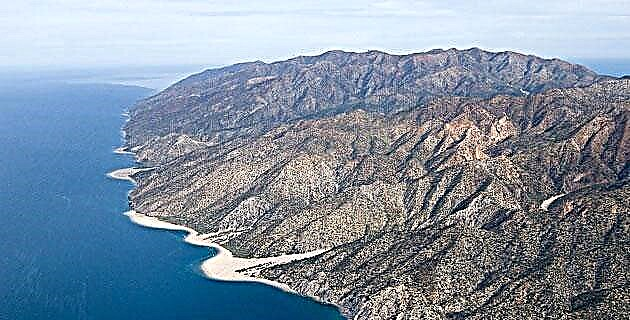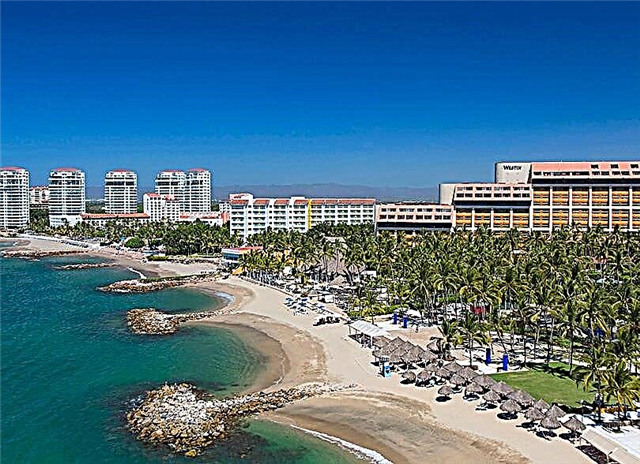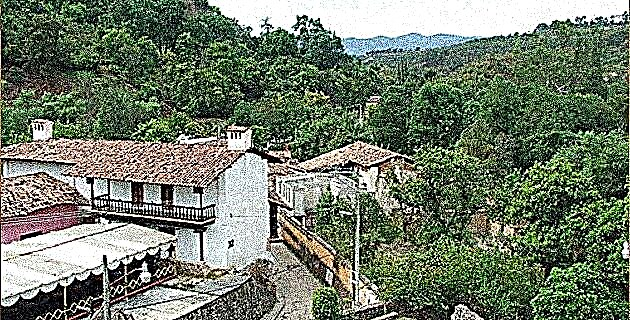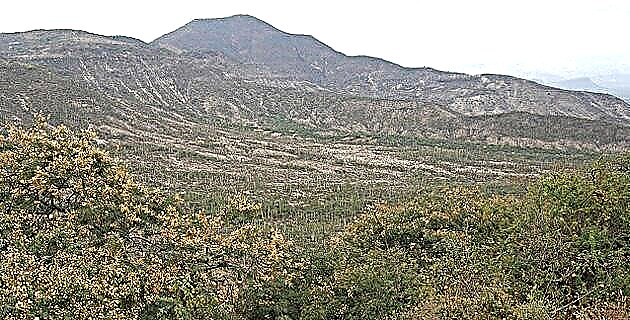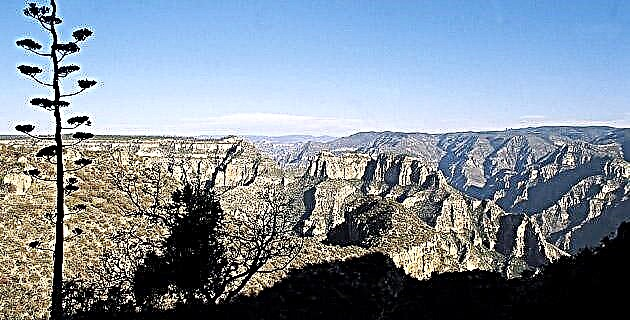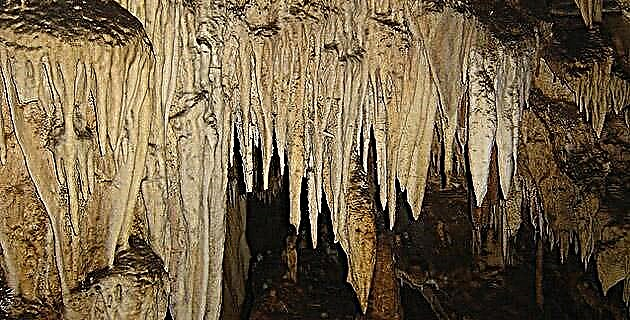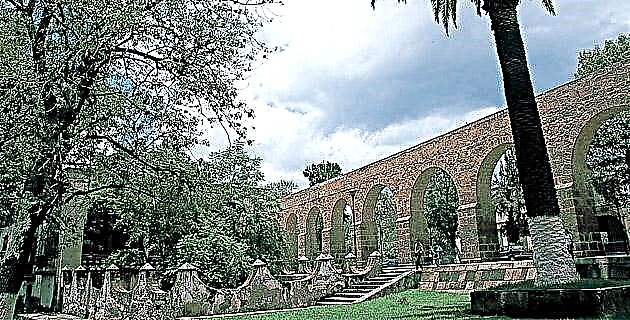
Get to know this city that in 1990 was declared a Zone of Historical Monuments, and in 1991, World Heritage.
A corner of Mexico that keeps history and a great cultural heritage in its walls. Before the arrival of the Spaniards, in the place where Morelia now stands, a Purépecha population called Guayangareo settled. The first foreigners to arrive at this site were the Franciscans, who erected a chapel here in 1530, and possibly this town would have remained just one more in the region, had it not been for the confrontation that took place between two groups of Spanish religious to establish that of the bishopric of Michoacán: some wanted it to be in Tzintzuntzan while others leaned towards Pátzcuaro, so the colonial authorities set a third neutral point, in 1541, and Guayangareo was renamed Valladolid, although for many years it continued to be known by its old Purépecha name. The city was originally populated by encomenderos, who used the native inhabitants for agricultural exploitation. The outline of the Spanish sector of the city responds to the grid scheme, predominant in the colonial settlements of America.
Valladolid's early years were modest. In 1585 a report states the existence of the first cathedral and of the first convents of Jesuits, Augustinians and Franciscans, mentioning that the houses in the city were made of adobe. At the end of that century the temple and convent of Santa Rosa was built, and the famous Carmelite architect Andrés de San Miguel, author of a book and other buildings of his order, designed the temple and convent of El Carmen, completed in the century XVII and which currently houses the House of Culture. It will be in the seventeenth and eighteenth centuries when he builds one of the most outstanding buildings in Morelia, its current cathedral, according to the project of the architect Vicencio Barroso de la Escayola. The sober Colegio de San Francisco Javier, known as Palacio Clavijero, houses the offices of the Executive Power. It was started in the 17th century. In the 18th century the Conservatory known now as De Las Rosas was built, the first of its kind in America, and which is still in operation. One of the most notable features of the city is its pink stone, which gives unity to both its colonial buildings and those dating from the country's first century of independent life.
Notable is the aqueduct, symbol of the city, built at the end of the 18th century by Antonio de San Miguel, and Morelia can be proud of a significant number of its houses made of quarry and with some of the most beautiful and original patios that can be seen in Mexico. , thanks to its ingenious interlocking archery games. Examples of domestic architecture include the birthplace of Morelos and the so-called Empress House (now the State Museum), as well as that of the Count of Sierra Gorda and that of Canon Belaunzarán. The current beautiful name of the city honors the most illustrious of its sons, the heroic insurgent José María Morelos y Pavón.
In the 19th century, the domestic and public architecture of Morelia adopted the academic tendencies of the moment, as happened in other parts of the Republic. In 1861 the Ocampo Theater was built by the architect Juan Zapari. Among the most active builders of this time are Guillermo Wodon de Sorinne (author of the project for the new building of the Colegio de San Nicolás de Hidalgo) and Adolfo Tresmontels.

